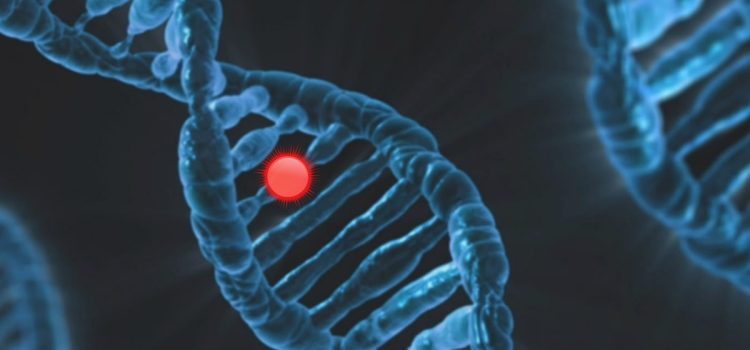What drives our ability to resist temptation and stay focused? How can understanding the science of willpower help us maintain better self-control? Where does willpower come from? In their book Willpower, Roy Baumeister and John Tierney reveal that willpower functions like a physical force, powered by the glucose in our bodies. They explore where willpower comes from and how our eating habits directly influence our ability to maintain self-control. Keep reading to discover the fascinating connection between glucose and willpower, and learn practical ways to boost your mental strength through smart dietary choices.
Where Does Willpower Come From? How Glucose Plays a Role










